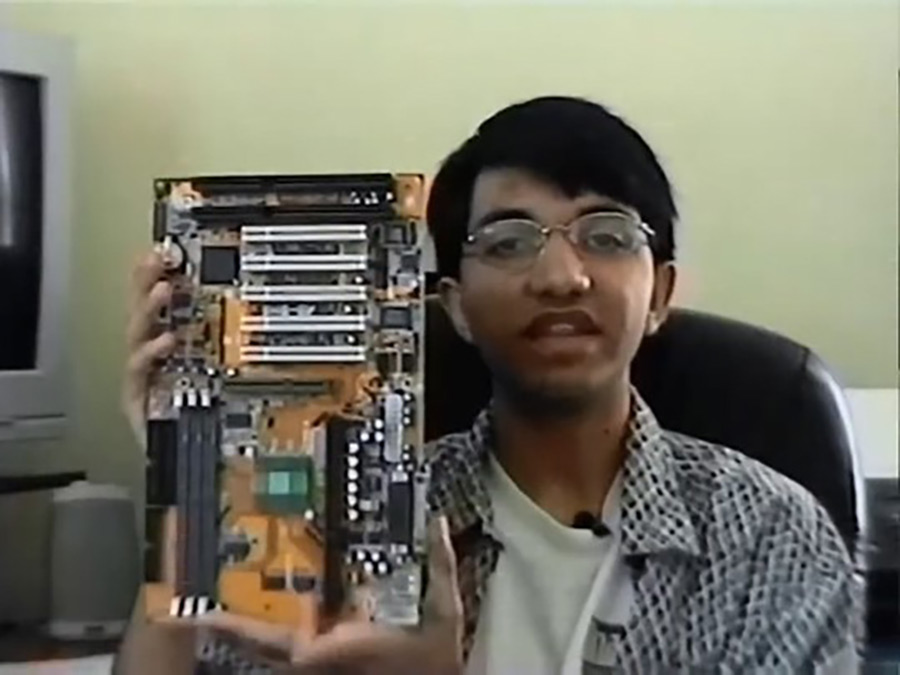THE digital age has ushered in unprecedented disruption for traditional news media. With content creators, audience dynamics, evolving metrics, and shifting advertiser perceptions all contributing to a complex and challenging landscape, established news organizations are grappling with an existential threat.
The recent closure of AnandTech, a respected technology news site that has operated for 27 years, serves as a somber reminder of the industry’s vulnerability. Founded in 1997, by a 14-year old computer whiz kid, Anand Lal Shimpi, the website quickly gained recognition for its in-depth technical analysis, comprehensive hardware reviews, and insightful industry commentary.
AnandTech’s journey included a significant ownership transition in 2014 when it was acquired by Purch, a digital media company. This acquisition enriched Anand. Purch aimed to integrate AnandTech’s high-quality content with its broader technology portfolio. Subsequently, in 2018, Purch was itself acquired by Future PLC, a UK-based media conglomerate.
AnandTech built a loyal readership with its in-depth technical analysis and reviews. It continued to earn from advertising revenues. Though it adapted to a digital environment, it stuck to its traditional format while other content creators were flooding content on social media platforms. Consequently, an aging audience and the crowded digital space where audience attention is fragmented and advertising revenue is increasingly concentrated on social media platforms, AnandTech had to fold up.
“Ultimately, a website is only as influential as its readers, otherwise we would be screaming into the void that is the Internet. For all the credit we can claim as writers, all of that pales in comparison to our readers who have enjoyed our content, referenced it, and shared it with the world. So from the bottom of my heart, thank you for sticking with us for the past 27 years,” Ryan Smith, AnandTech’s editor for the past 19 years wrote in his valediction for the website.
In a discussion over Tech Sabado, the longest running tech podcast (previously a radio show) on YouTube, hosts Manila Times’ tech editor Jing Garcia, Newsbytes.ph founder and executive editor Atty. Melvin Calimag and Malaya Business Insight’s tech and motoring editor Raymond B. Tribdino discussed extensively the new business models of not only tech information dissemination online, but the general business environment in the online news delivery space.
Calimag said his own Newsbytes.ph was a “passion” project and has never been profitable, yet it has continued to prosper in its goal of delivering “timely and useful, accurate and incisive technology news.” It has proudly become a source of breaking stories, which even bigger news outlets produce material from, and oftentimes not even quoting the source.
Garcia on the other hand, co-founder of Tech Sabado with Atty Melvin a decade ago, lamented the fact that as the preferences of advertising and PR agencies move towards content control, the business model changes. Rather than coverage and reporting, content creators, with no journalistic backgrounds, unable to sift through the clutter of coverage and reporting, are the preferred message carriers. This means press releases are published verbatim, to brands and clients’ whims. Very little is done for actual coverage except for bringing in “warm bodies.”
Tribdino listed down four other points.
First, the rise of independent content creators and citizen journalists has democratized the news landscape. While this has empowered diverse voices and perspectives, it has also created an overwhelming abundance of information, making it harder for traditional outlets to stand out and retain their audience.
Next, current audiences demand real-time news updates, personalized content, and interactive experiences. Traditional news organizations often struggle to keep pace with these expectations, losing audiences to social media and other digital platforms that cater to these demands more effectively.
Third, the evolving metrics on the digital age has ushered in a data-driven approach to measuring audience engagement and advertising effectiveness. Metrics like clicks, views, and shares are now critical in determining content success and ad placement. Traditional news organizations, often accustomed to less precise metrics, are under pressure to adapt and prove their value in this new paradigm.
Fourth, digital advertising market has increasingly favored social media platforms and programmatic advertising, where targeted ads and granular metrics reign supreme.
Advertisers are increasingly drawn to digital platforms where they can precisely target audiences and track the impact of their spending. Traditional media, with its broader reach and less granular metrics, often struggles to compete for advertising pesos. This loss of revenue further compounds the financial challenges faced by news organizations.
In its final announcement, Smith acknowledged the challenges faced by written tech journalism and the changing market dynamics that contributed to the decision to cease operations. While new content production has ended, the site’s extensive archive of articles and reviews will remain available, preserving its legacy as a valuable resource for the tech community.
As content creation and consumption habits evolve, news organizations must find ways to adapt, innovate, and deliver value in a rapidly changing landscape. Failure to do so could lead to further closures and a diminished role for traditional media in informing and shaping public discourse.




